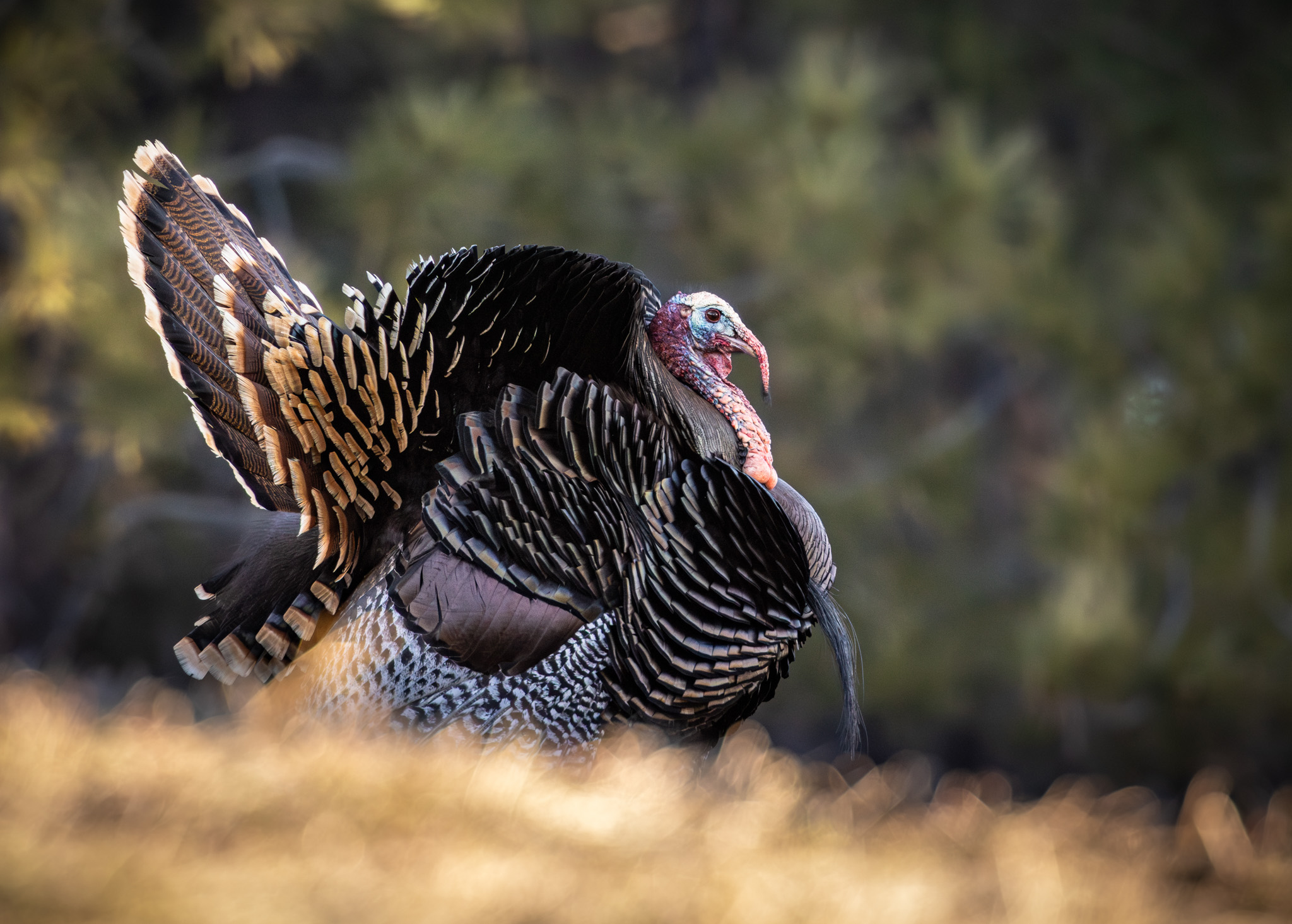Bluegill, sunfish, shellcracker, and other bream species are abundant across much of North America. These popular panfish are widely accessible and offer anglers exciting action throughout the year. In the spring, these bream will move into shallow areas to spawn. While this is the best time to hook a record panfish, it is also a great time of year to target big bass.
Panfish will school up and use their tails to fan out individual beds that are linked together in a honeycomb formation. Though it is true that there’s strength in numbers, the bream become sitting ducks for bass that also group up in small schools and cruise the shallows in search of a meal. When a school of bass collides with a school of bedding bream, chaos ensues.
Anglers who can dial in on these locations and present the right baits at the right time can be rewarded with big fish. Not sure what to look for and where to go? Don’t worry, we have you covered. Use this guide to learn when and where to find bream beds, as well as what lures to throw and how to produce strikes from aggressive bass. Here’s everything you need to know in order to land bucketmouths off of bream beds.

Understanding the Bream Spawn
Bream thrive in water temps between 65 and 80 degrees, but can and will spawn in much warmer temperatures. Here in Alabama, where I live, bream will spawn from late April through August, when the water temps top 90 degrees in some places. Most bream will spawn in 6 feet of water or less, with some spawning so shallow at times that you can see their backs sticking out of the water. Typically, the clearer the water, the deeper they’ll spawn. They also prefer slack water with a sandy or gravel bottom. These areas are easier to sweep and clean in order to make beds.
Bream beds, or nests, are arranged somewhat like a honeycomb (see below)—with each bed touching another on all sides. The beds are a little more dug out than bass beds, similar to how a tilapia will build a bed. From above, these nests will resemble a group of tires lying on the bottom. If you have advanced sonar on your boat, the images you’ll see on your graph will look a lot like a honeycomb or car tires as well. This is a clear indicator that bream are spawning, or at least have been spawning, in the area.

How to Fish Bream Beds
If you’re fishing from a boat without advanced electronics, the best way to find bream beds is to simply put the trolling motor on high and cover water. Fish a topwater bait that you can reel continuously, like a Whopper Plopper, Choppo, or buzzbait, and keep moving until you run into a bream bed.
You might even catch a bass by throwing over a bream bed before you ever see it. Or, you may run into a random wolfpack of bass cruising the bank in search of a bream. If you do find a bream bed without getting a bite, make a note of its location and come back to it later.
You’ll often find several groups of bream beds along a stretch of bank or in the backs of consecutive pockets. Once you find a half dozen nests or so, you can start to target them strategically. Fish through all of them and then turn around and start bouncing through them again. New bass will find the beds in the meantime, and then those fish will often hunker down near the beds and wait for the perfect opportunity to strike.
Baits and Lures
We already talked a little about the baits you’ll want to use when you’re in search mode. Keeping a moving bait in hand will draw bass to the surface where they can either be caught or, at minimum, reveal themselves. When you’re doubling back to fish through an area where you know several bream beds are present, it is smart to change things up.
Always keep a topwater ready just in case, but you should slow your presentation down. Poppers and twin-prop baits that you can twitch and pause around the beds are perfect. These lures mimic bream that are either distracted and feeding along the surface or injured and struggling. Either way, this is what the lurking bass has been waiting for, and a ferocious strike is likely imminent if bass are in the area. Popping frogs and swimjigs also work really well, especially if the beds are intertwined with shattered shoreline vegetation.
To give yourself the best chance at catching bass around bream beds, fish a wacky rig. Sometimes bass will blow up on topwaters but not eat them or fail to get hooked. If you don’t want to risk this, you can toss a wacky rig up to the bed and work it through slowly. Bass will rarely pass up this presentation, even when looking for bream. A wacky rig is a reliable option if you know a single big bass is holding tight to a bream bed.

Fish from Shore and Keep it Simple
We’ve talked a lot about targeting bream beds from boats, but you can have just as much success from shore. Again, bream usually create beds in shallow, which means you can find them from the bank in public fishing areas and around ponds. You can use the same baits to catch these fish from the bank, too, but once again, a wacky rig is your best bet.
When looking for bream beds from a boat, keep the trolling motor on high and keep your eyes peeled. Look for the telltale honeycomb structure of what appear to be car tires lying on the bottom. Moving topwater baits will help you cover water faster between beds, while topwater baits that you can stall are more effective once you find the beds. If you come across an active nest, make sure to slow it down with a finesse-style presentation.
Read the full article here




